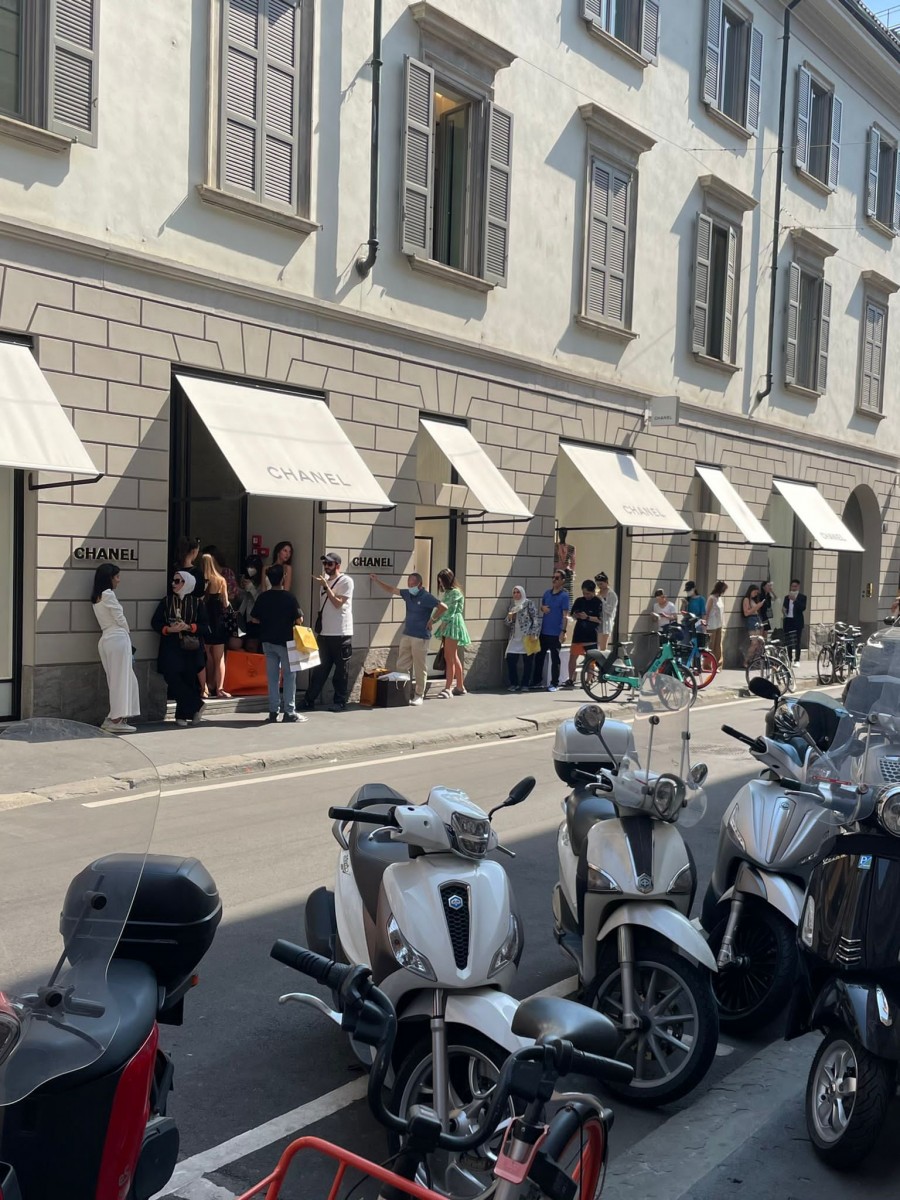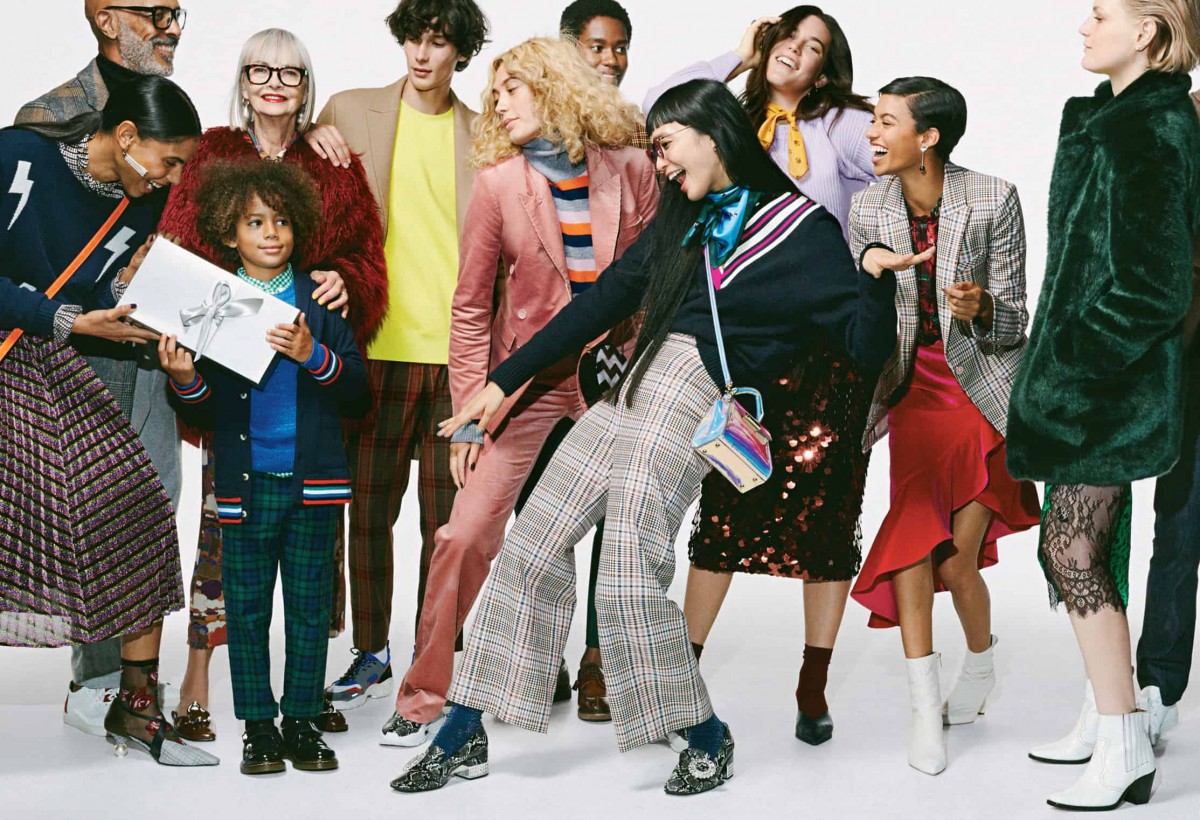By Marco Passoni, Senior Executive VP, 2.0 & Partners
I recently posted a photo taken at a Chanel store in Italy on a summer’s day. Despite the sun and heat, shoppers were queuing outside, patiently waiting their turn to go in and sample a moment of the Chanel experience.
It is a clear reminder of the enduring power and appeal that luxury has, not just as products online, but as a personal and human experience. When people first spoke about “revenge shopping” as stores reopened following the pandemic, many assumed it would be a temporary situation. They were wrong. Customer enthusiasm and engagement is high – but it must be properly courted and curated by brands.
Now, more than ever, having a loyal and engaged shopper base is vital for brands as they rebuild. Many shoppers are spending more with fewer brands, so it is important to have your customers on-side.
Following the pandemic, and contrary to many predictions, people are desperate for human interaction and association.
How that shopper ‘loyalty’ looks has changed. Brand loyalty is no longer about pushing sales onto a mailing list of regular buyers. Consumers want more from the brands they interact with. They want experience. They want memorable moments, and – in the case of younger shoppers – they want a brands with ideals and an image which go along with their own ‘brand’.
This is where community plays a key role for brands in the modern market. Following the pandemic, and contrary to many predictions, people are desperate for human interaction and association. They want to feel like they are a part of something, and the brands who are recovering best are those who create a sense of community for their customers – making them a part of something bigger than a simple shopping transaction. Done well, this translates to a wider experience which shoppers take a piece of and carry as a mark of pride.

The concept of creating a community around a brand is not new. Harley-Davidson did it very successfully in the 1980s by creating an entire experience and lifestyle which customers bought into. Being a Harley-Davidson was about being part of the brand experience – and that translated into sales which took the company from serious trouble to a valuation of about $7.8 billion in just over two decades.
Crafting this community and shared experience in today’s world is different. Inclusivity and a sense of collaboration are vital, driven by the digital platforms which give shoppers unprecedented links to their chosen brands. Sephora has created dialogue and discussion through its online platforms which allow consumers to swap reviews and ideas. Watch brand BA111OD is going further, actively shunning exclusivity to create community through human interaction, with shoppers involved in helping engage new sales by sharing their purchases with friends, family and followers. The luxury department store Nordstrom put the idea at the heart of its last festive campaign, with pictures which put more focus on the community of people that the products themselves. The central idea is shared experience and happiness.
All of this goes beyond the old-school idea of “loyalty schemes”, which were simply sales drivers. Customers today do not want to feel like brands are pushing new products onto then in an endless conveyor belt of sales. They want to feel like part of something bigger, something they enjoy and want to take with them. That passion leads to queues outside stores in the sun and a brighter future for the whole market.



